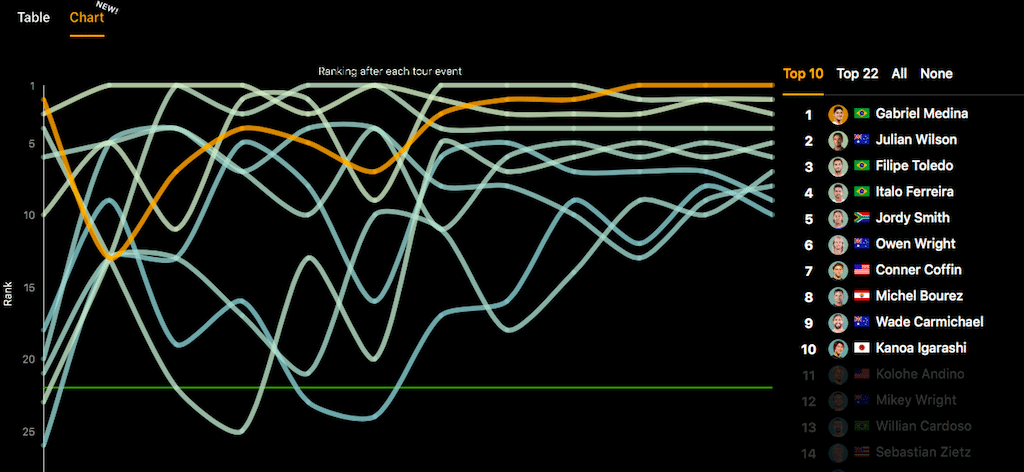"Fist fights likely!"
Have you missed your hot big wave action this year? Oh there has been absolutely no lack of swell pounding coasts from Hawaii to California to Australia’s west and east but there have been very few days of live coverage and even fewer events.
Why?
In the dying days of 2018 the World Surf League decided to drop the Big Wave World Tour and have a Pretty Big Wave World Tour instead and as fun as it is watching bold women and men paddle into 7 -9 foot waves with helicopters circling overhead and many jetskis in the water it’s also not that fun.
Thankfully we have Oregon and today a massive swell is hitting her famed Nelscott Reef. Those brave souls north of the wall are not like their compatriots in Santa Monica. The bigger the better for them and they love it so much not one but two events are scheduled for the same day. Let’s catch up on the action in the Newport Times News!
Big-wave surfing contest promoters are slated to hold competing tournaments on the same giant swell Sunday, setting the stage for a clash that involves renowned surfers, bewildered city officials and the Oregon State Police.
John Forse, who holds the primary permit from the city allowing him to use Canyon Drive Park as a staging site for his Nelscott Reef Big Wave Classic, announced this week he would hold the contest Sunday, March 10, with alternative dates of March 11 or 13 depending on conditions.
But a rival group whose organizers were once cited and fined by Lincoln City for holding an illegal surfing contest has also laid claim to the big wave, setting up the possibility of another clash like one that captured the attention of the OSP.
“They’re saying they’ll break the law to run their event,” asserted Forse, who has asked the city to cancel both his permit and a secondary license held by the rival group for a contest called the Nelscott Reef Pro.
City tourism officials who sanction the event by issuing permits for exclusive use of the park did not return queries from the newspaper. However, the system allows the primary permit-holder, Forse, first call on surf dates.
In an embittered email sent to city hall on March 5, Nelscott Reef Pro organizer Gabe Smith announced his contest would not be suspended, regardless of city penalties. His web site, nelscottsurf.com, claims the event will be held March 10, as well.
“Considering we have $40,000 on the line and we are doing an actual webcast you would think we could get priority, but whatever,” wrote Smith, giving his interpretation of the city-issued permits. “John is not allowed to have both days so he needs to pick which one of those days he is going to run his itty bitty garbage contest. I would rather pay a fine than return $40,000, just a head’s up. John Forse will not ruin this for us. It’s already in the works and happening no matter what he does.”
Forse responded to the letter by calling on city officials to rescind both permits before the situation boils over, as it has previously.
The grudge match between rival surf contests has vexed city officials for several years and drew the attention of state police after Forse complained of rampant safety violations, including jet skis that endangered surfers.
Etc.
So, to sum up, we will have two big wave events today and in Oregon and likely mixed-martial arts action in between sets.
I love my home state.






